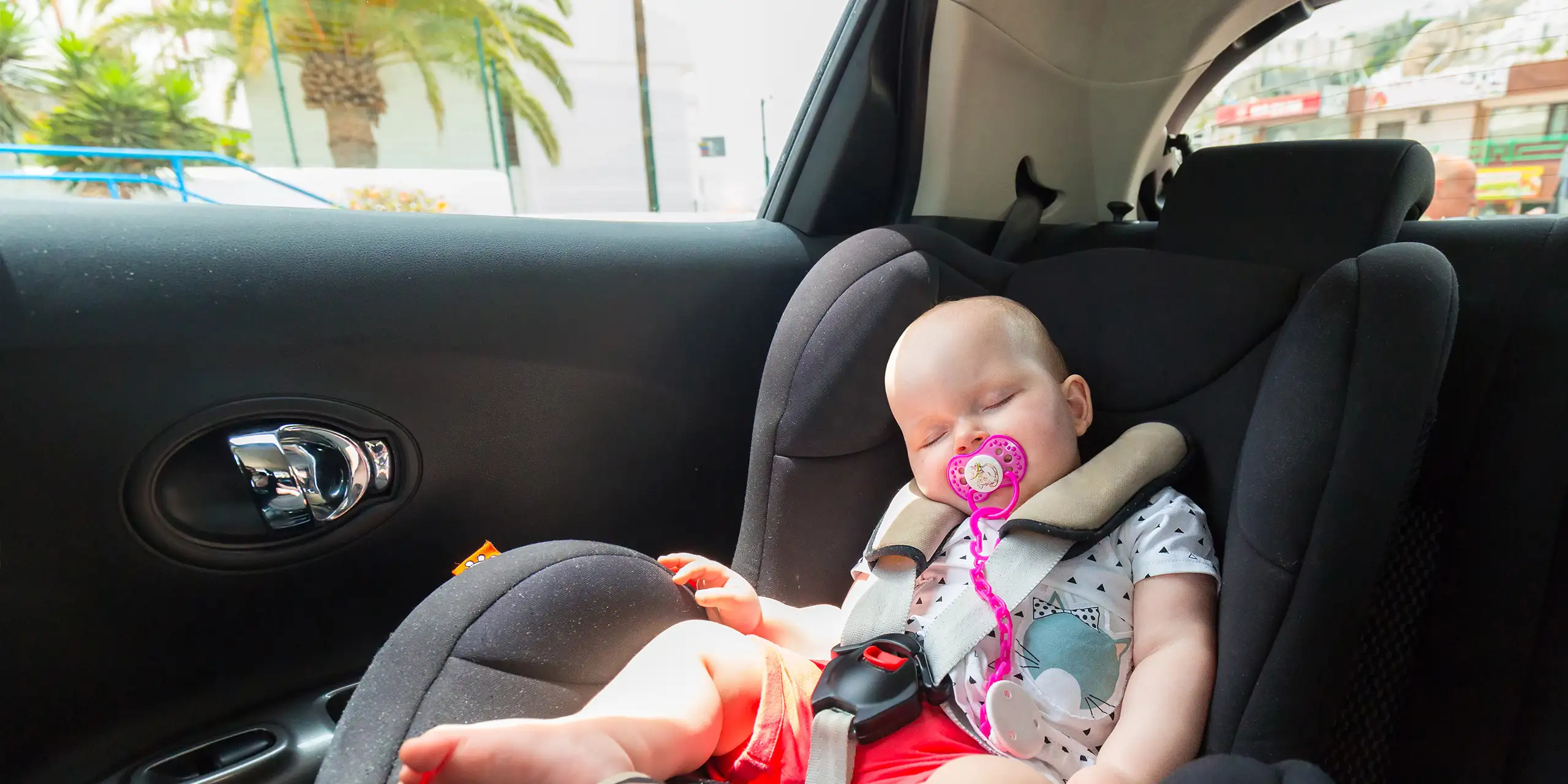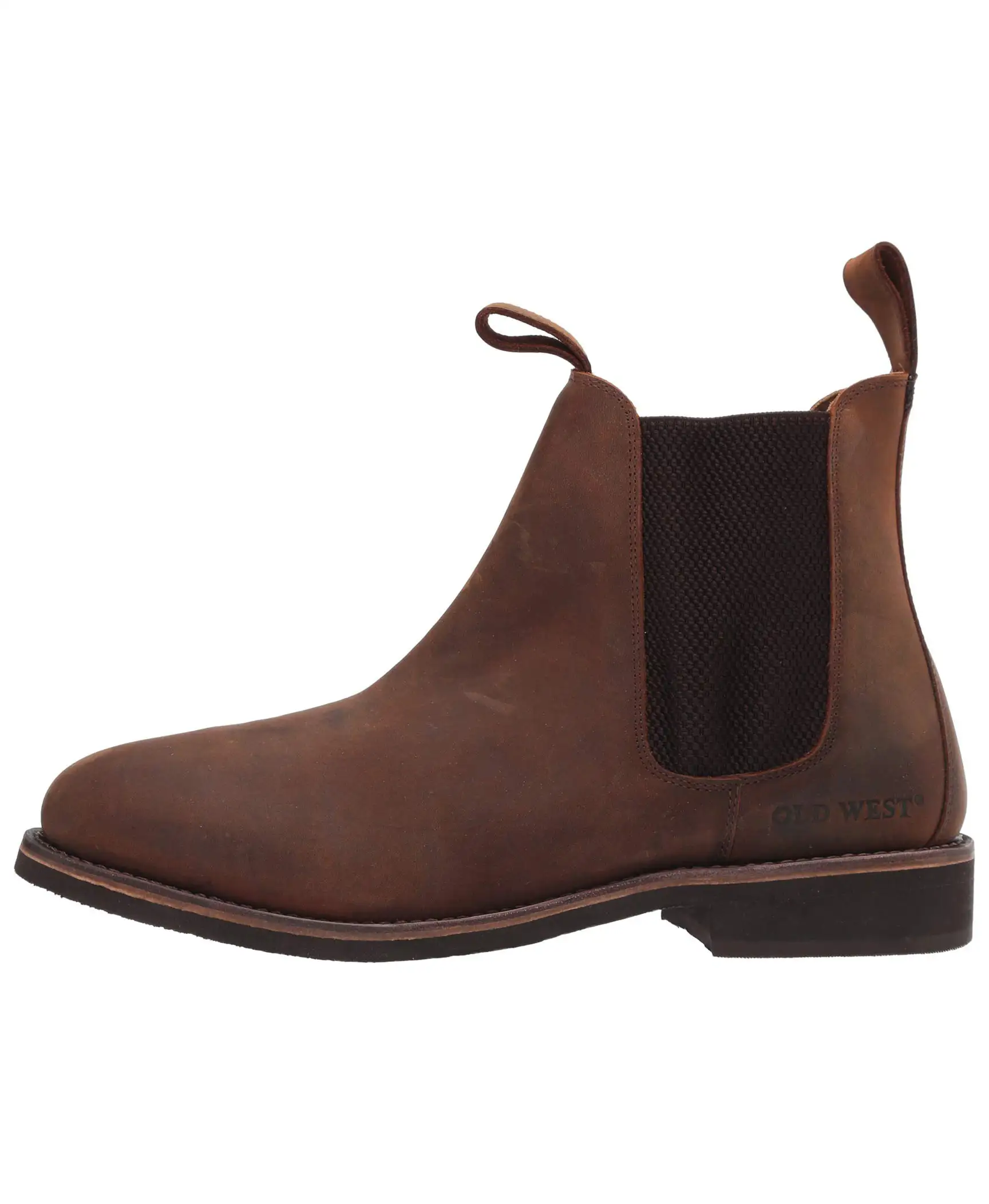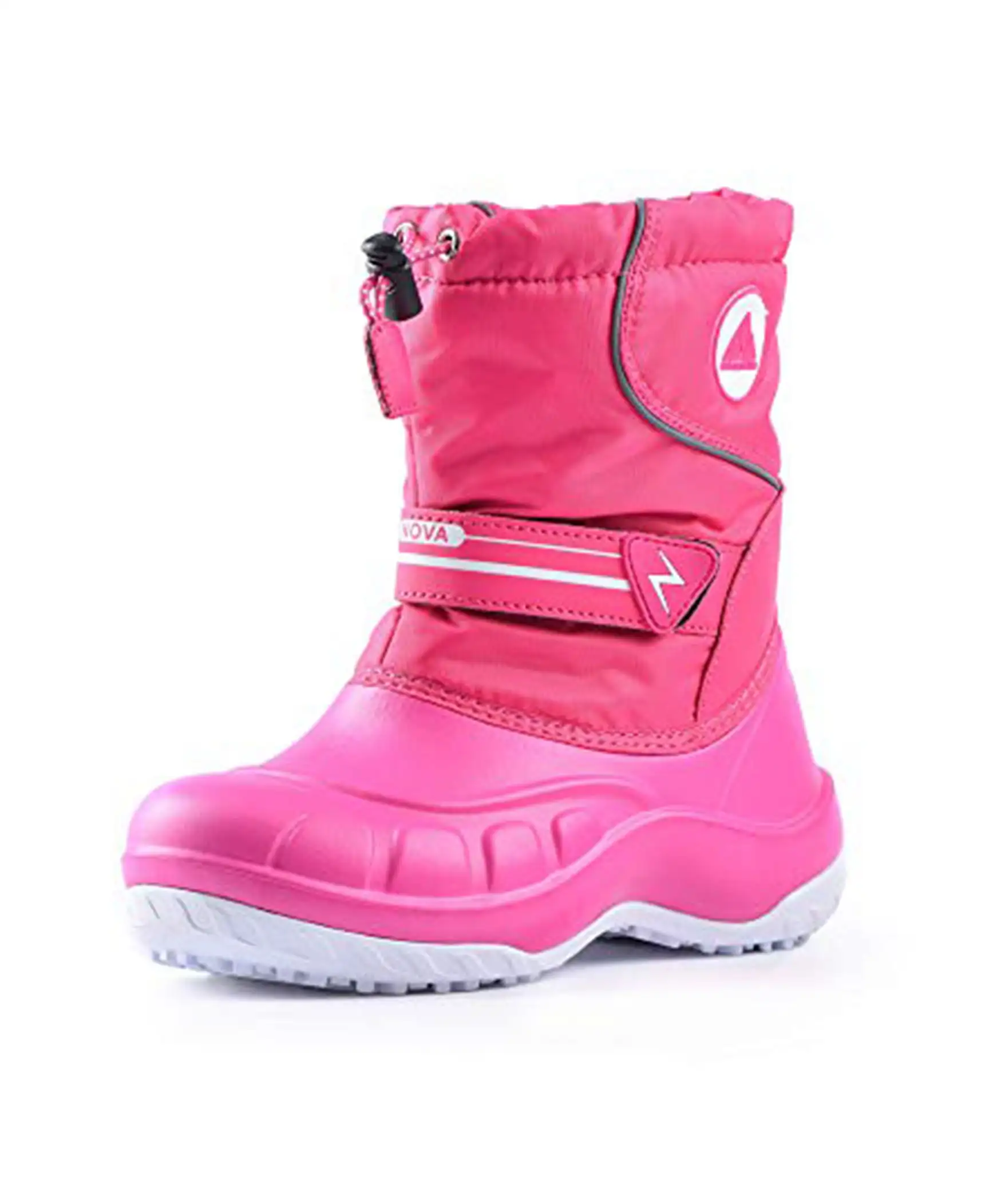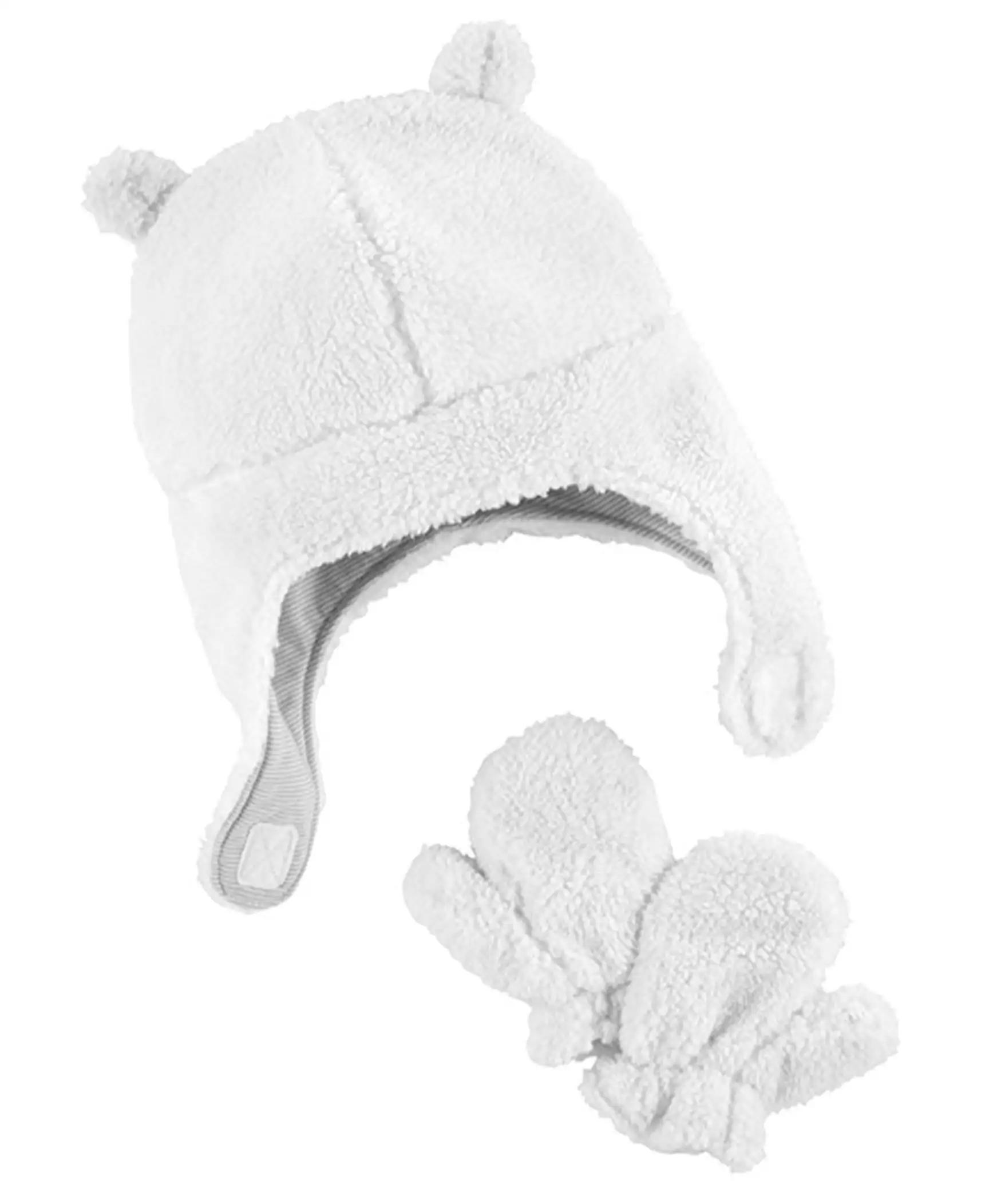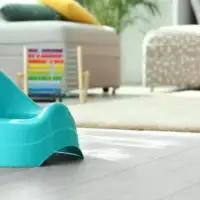Taking a road trip with an infant may seem daunting. Between the supplies you need, the baby’s schedule, diaper changing, and, of course, crying, there are a lot of factors at play. But there’s also a lot you can do to help ease the anxiety that may come along with planning a road trip with your baby.
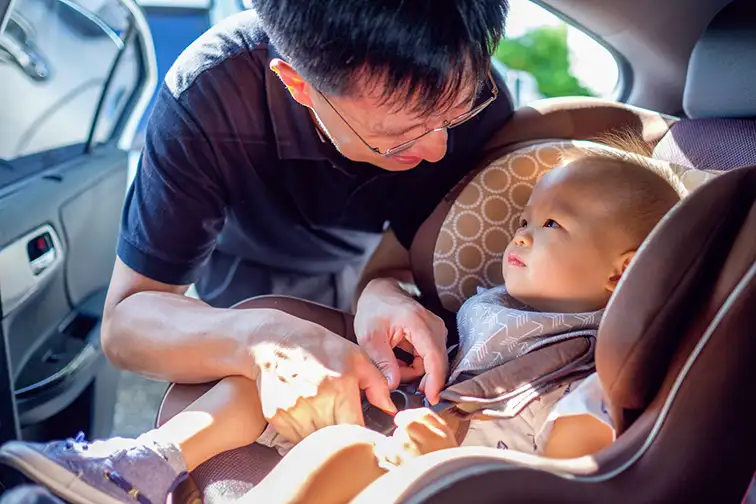
1. Be flexible.
I cannot stress this enough. Before we set out for a 12-hour road trip with our three-month-old, my husband and I kept reminding each other we had options. If we had to stop and stay over somewhere, we could. If we had to stop for a two-hour break, we would. It was a drive I had done every year my entire life, and, in years past, we had traditional stops we’d make along the way. We made none of them. And that’s ok. Don’t plan out your stops. You will stop when the baby needs to be fed, and that’s when you’ll get food. You’ll stop when the baby needs to be changed, and that’s when you’ll run to the restroom. If the baby is sleeping, you won’t want to stop for lunch, which brings us to our next tip.
2. Pack lots of snacks.
The stops for the baby may not coincide with the stops you’d like to take for food breaks. While emergency bathroom stops for parents are obvious, do not stop for food if the baby doesn’t need anything. You’ll want to take advantage of a sleeping/content baby and get your driving in. We packed peanut butter and jelly sandwiches, hummus and carrots, nuts, fruit, and some sweets to keep us going. I was in the back with the baby, cooler, and snack bag, and would pass my husband a snack when he wanted one.
3. Be cautious about driving through the night.
It may be tempting to drive through the night, assuming the baby will just sleep the whole time. You figure while one parent drives, the other sleeps, while the baby sleeps the whole time. This is the best-case scenario. And you may think that since your baby falls asleep as soon as she is put into her car seat, she’ll surely stay put for a long car ride. However, that doesn’t mean she’ll sleep for a long road trip. Imagine having to stay up all night, driving, with a screaming baby. Also, remember if any sort of emergency should arise, it’s easier during the day to find places open to stop. We knew there were 90 miles of road with absolutely nowhere to stop at night, so this made our decision easy. We didn’t want to risk something happening at 3 a.m. along those 90 miles.
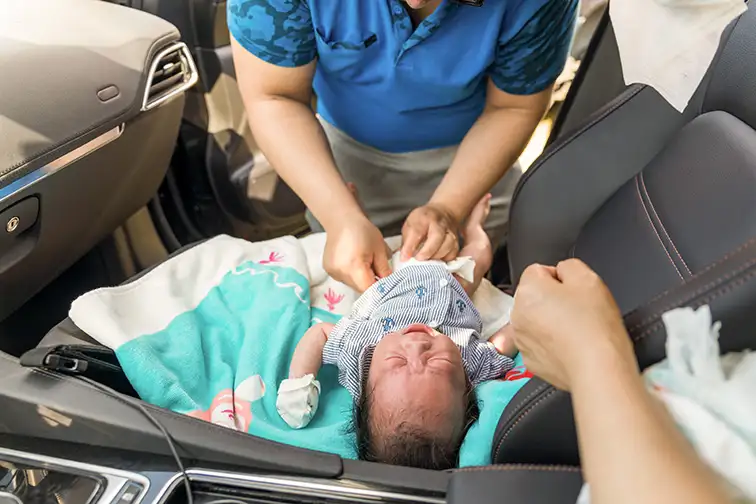
4. Be prepared.
Have the diaper bag well stocked and organized, so diaper changes are a breeze. Have a designated spot in the car to layout the changing pad. Make sure your phones are fully charged and you have a charger in the car, so in case of emergency, you don’t get stranded anywhere. Pack several changes of clothes for parents and baby. The last thing you want to do is have anyone sitting in the car with dried spit-up festering in the air. Pack a lot of wipes for said instances. If you are breastfeeding, pack formula or bring some of your frozen stock. The cramped space of a car may prove too tough of an environment for your baby to nurse, and you’ll need to bottle feed. Bring whatever it is you use to breastfeed and have it in the backseat with you- whether that is a Boppy, Brest Friend, a certain blanket, bring it. Pack a bag of toys that you can grab and entertain the baby with.
5. Make the best use of your time.
When you make stops, there’s no reason for the whole family to trek into whatever gas station/convenience store/restaurant you’re stopping at. Have one parent go in while the other takes the baby for some air. I nursed my baby in the car while my husband went in and got food, then ran in to use the bathroom while he walked around with the baby and walked the dog.
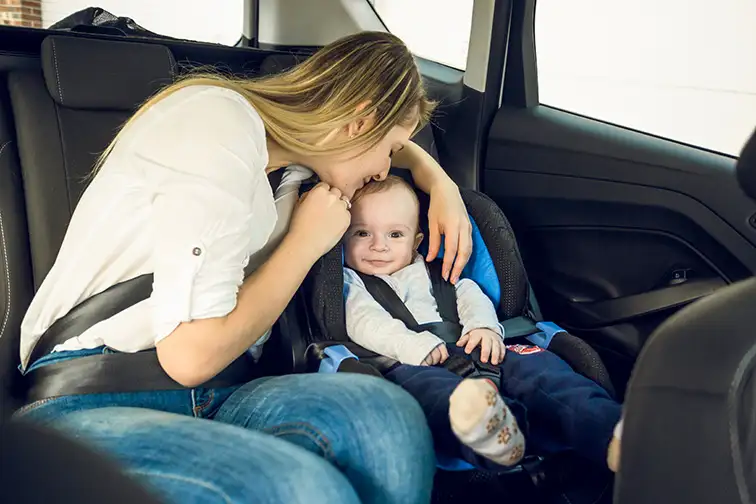
6. If possible, have one adult in the back seat with the baby.
For a single parent, or a parent traveling solo, this is tougher, unless you have someone accompanying you on your trip. But, if you can have another adult, teenager, or even a bigger kid with you sitting in the back, observing the baby, it’s huge. When the baby starts crying, there’s someone there to say exactly what’s going on. He lost a toy, he’s wet, he spit up–whatever it may be. Having someone back there to tend to the baby’s needs will eliminate a lot of pulling over to the side of the road to check to see what the problem is.
7. Remember: You’ll get there when you get there.
If you have in your mind that you’ll arrive at your destination at 6 p.m., get that out of your head. Unless you do decide to drive through the night, you make no stops, and by some miracle your baby actually does sleep the entire time, the trip is going to take much longer than what your GPS tells you. A typical five-minute stop will take a half-hour and 10 minutes after you made a stop, the baby might need a diaper change. Things are going to come up that you don’t plan for.
It may seem obvious, but you have to remember that the baby’s needs come first. What you might want the trip to look like may not be best for your baby. Stay flexible, be prepared, breathe, and remember—eventually, you’ll arrive at your destination.
What to Pack for Your Next Trip
Our team of parents and travel experts chooses each product and service we recommend. Anything you purchase through links on our site may earn us a commission.


